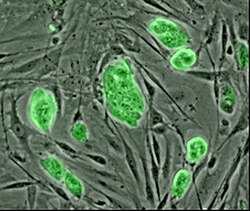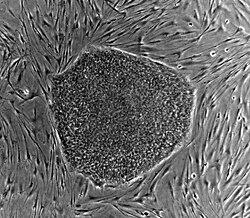In recent news, a well known and respected TB trainer was in the spotlight due to having a high incidence of acute deaths in horses under his care. The exact cause is unknown, however, early reports from veterinary autopsies have indicated possible cardiac failure as well as diffuse hemorrhage internally. I am hopeful that further conclusions can be made regarding the final diagnosis in order to help curb the issue in the future, but my concern is that the deaths are closely linked to medication abuse.
When reading many of the articles regarding these events, one becomes engulfed by the large number of corresponding comments being made, usually from other trainers in the industry. Overall, the biggest concern and implications being made are regarding abuse of various 'performance enhancing' medications. It would be one thing if it was the public (non-horse owners) making these statements, but in this case, the majority of them are coming from trainers themselves, calling for action and calling for change in the industry.
I brought up a discussion regarding banned substances several weeks back, but it continues to weigh on my mind as a veterinarian as well as horse lover. This issue crosses disciplines, from the TB industry to barrel racing. Drugs are being abused and used for the wrong purposes. Using the title of this blog as a guide, let's look at a short list of commonly used medications, their original intended uses as well as what they are being used for, by their generic names:
- Furosemide: a commonly used diuretic intended to reduce fluid accumulation in the body associated with heart failure. Currently being used to aid in the management of EIPH by inducing a low level of dehydration, leading to a reduced pulmonary (lung) blood pressure and hopefully reduced bleeding. Side effects include dehydration and electrolyte abnormalities.
- Clenbuterol: a bronchodilator (opens the airways) used to help alleviate the clinical signs associated with COPD and certain airway conditions. Currently being used to open the airways to enhance air movement as well as for its purported stimulatory effects. Side effects include cardiac stimulation, possible arrythmias, death and excitement.
- Dexamethasone: a corticosteroid used most commonly to reduce the clinical signs of allergic type reactions in the horse. Currently being used to reduce inflammation and pain associated with a variety of conditions. Side effects include possible induction of hyperadrenocorticism, increased water consumption/urination, water retention and gastric ulcers.
- Methylprednisone: see above description for dexamethasone. Commonly injected into joints to reduce inflammation and pain.
- Phenylbutazone/Flunixin Meglumine: both are non-steroidal anti-inflammatory medications designed to reduce pain by blocking COX enzymes and prostaglandin formation. Side effects include gastric ulceration as well as potential kidney/liver complications.
In many cases, herbs can be used to achieve "performance restoring" effects which are different than the effects of many medications. Most medications are simply covering up clinical signs without addressing the underlying problems. Herbs can have similar effects, but tend to also address the bottom line problem whether if it is a nutrient deficiency, poor circulation or impaired cellular health. Herbs can reduce inflammation naturally as well as pain,similar to various medications, but they do it differently and more completely by returning inflammatory protein levels to normal levels and without side effects. Performance is restored in many cases through the use of herbs not only due to the reduction of inflammation and pain, but cellular health is restored which means improved energy production and tissues are stronger.
Users of our Cur-OST products not only report improvement in pain and inflammation levels, but healing of wounds are noted, energy levels are increased and likewise performance is restored. In many cases, the damage to the body is done whether if it is in the joint or the lungs and is unlikely to be reversed. That being said, it is possible to slow progression of the condition and minimize clinical signs through the restoration of health. In many instances, this is accomplished through restoring healthy cellular function, which impacts every tissue in the body.
The bottom line is that we can "cover up" clinical problems through the use of various medications or we can take a deeper look at what is causing those problems to manifest. When we look deeper, we find opportunities to improve cellular function and restore health. This then reduces the need for those medications but more importantly creates a healthier and stronger athlete...naturally! Considering that herbs are plant material and essentially food, it then drives the point home that nutrition is the key to overall health.
Just my thoughts.
Tom Schell, D.V.M.





